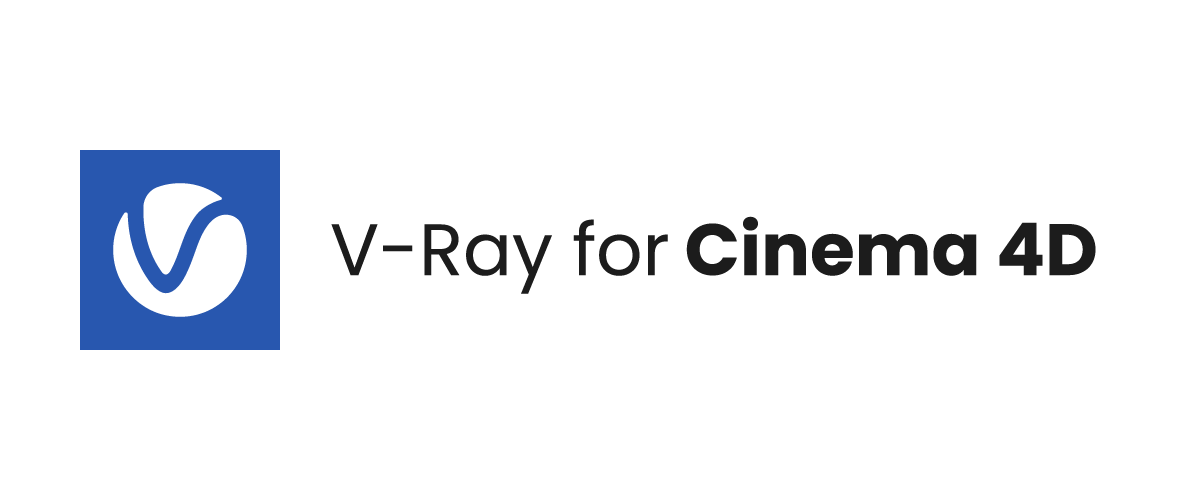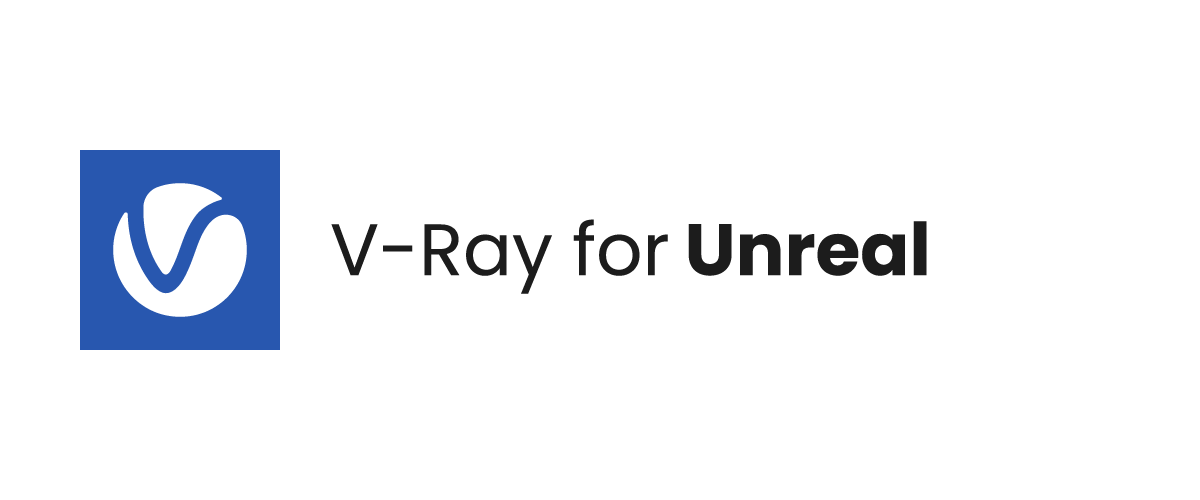This page provides information on the Chaos Cloud rendering service.
What is Chaos Cloud Rendering?
Chaos Cloud Rendering is a software as a service (SaaS) which allows you to submit and render scenes with cloud-based V-Ray. You can concentrate on designing and creating your scene, and Chaos Cloud Rendering will take care of installing and maintaining everything necessary to run V-Ray, without hogging your hardware and software. It is available for all 3D platforms compatible with V-Ray. Its interface is accessible by a web browser.
Rendering in Chaos Cloud is pretty simple and straightforward. All that is required is to have the Chaos Cloud Client application installed, after which you can access Chaos Cloud's web-based interface and submit jobs to it directly from your host 3D software application. Once in the cloud, you are able to monitor the progress of your currently submitted jobs, queue up subsequent jobs, as well as change job settings and resubmit jobs without even opening a scene - right from your phone.
What is supported?
Chaos Cloud Rendering supports rendering still images and animations. If a VR camera is used in a still scene, Chaos Cloud automatically generates a responsive web page for reviewing the result on a VR headset such as Google Cardboard. A VR camera is considered one of the following: Spherical Panorama, Stereo or Cube6x1/Cubemap camera.
You can render scenes using Progressive or Bucket render mode, depending on the scene setup in the 3D application. Note that when using the Bucket render mode, the Bucket size is automatically set depending on the hardware type used for rendering. This ensures the best cloud rendering performance based on the machines' specifications and the performance tests we continuously run. If the Bucket size in the scene is different, it will be overridden.
At the moment, Chaos Cloud Rendering supports and renders scenes utilizing both the V-Ray CPU and V-Ray GPU engines.
There are several important limitations of V-Ray GPU rendering in Chaos Cloud. See the Supported Features page for more information.
The output image types you will be able to download by rendering in Chaos Cloud are JPG and the file type you have specified in your scene’s settings. These settings are customized in the 3D application you use for designing your scene. If you don’t specify anything in the 3D application, Chaos Cloud will generate an EXR image besides the JPG.
If you have enabled the Include additional JPG output toggle in the Options page, Chaos Cloud generates an additional high-quality JPG file for your output for no extra charge.
Chaos Cloud Rendering is available for all 3D applications supported by V-Ray via vrscene file export. Chaos Cloud Rendering also integrates directly with V-Ray for SketchUp, Rhino, Revit, 3ds Max, Cinema 4D, Modo, Blender, Houdini and Maya. The Chaos Cloud client app is available for Windows 64-bit, macOS 10.9 or later, and Linux 64-bit.
Scenes containing Phoenix FD simulations are rendered in the Cloud. However, running simulations in Chaos Cloud Rendering is not supported yet.
VRscan materials are supported by Chaos Cloud Rendering.
Submit and Download
To start a render job, submit a scene through the client app. If there are free resources in the cloud, Chaos Cloud will start rendering your job. If there are no free resources, your job will join a queue and will start rendering automatically when resources become available. By default our notification service sends you an email if your job status changes from one of the active states to one of the final states ("Completed" or "Failed"). You can unsubscribe from these notifications from the Chaos Cloud portal options. Chaos Cloud Rendering also has in-app notifications in Google Chrome and Mozilla Firefox.
You can find your ready images in the Job Details page on the web portal, or you can download them with the corresponding command in the Chaos Cloud Command Line Interface (CLI): “ccloud job download --id --output”.
Supported 3D Applications
For more information on how to run a render job on Chaos Cloud Rendering from the corresponding host app, follow the links below:
Rendering in Chaos Cloud is handled by V-Ray Standalone. Keep that in mind in case you are using any third-party plugins unsupported by V-Ray Standalone.
To see which host application versions are supported by Chaos Cloud Rendering, see the Product Support page.








